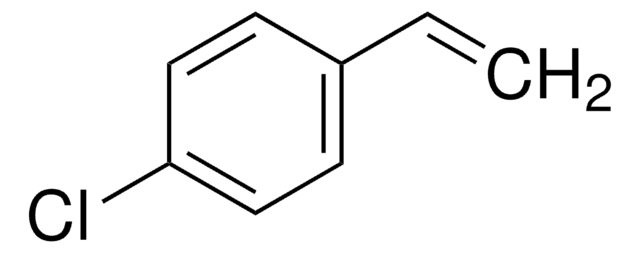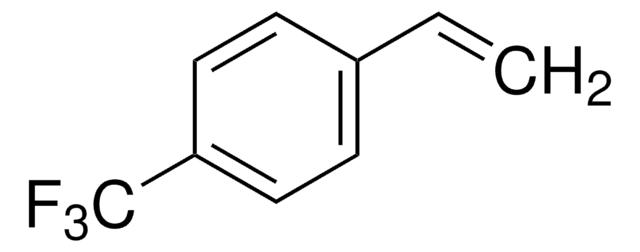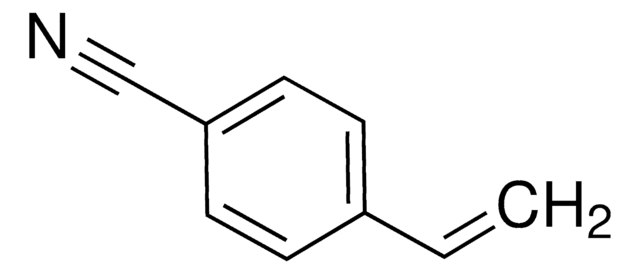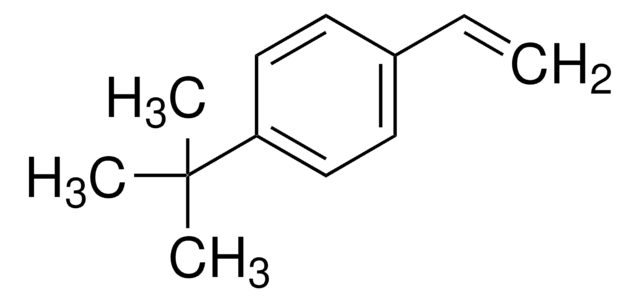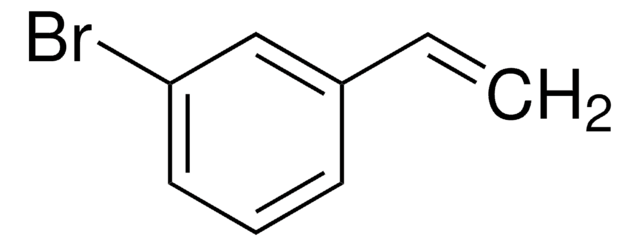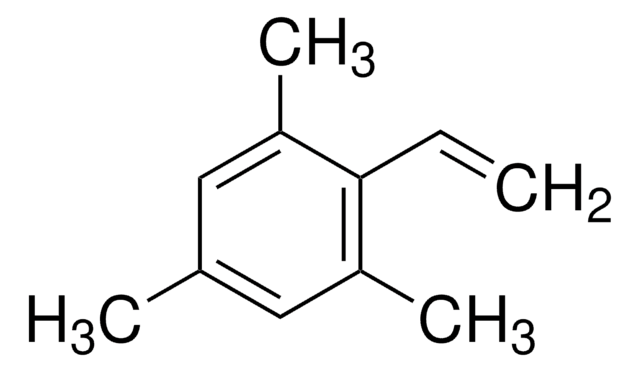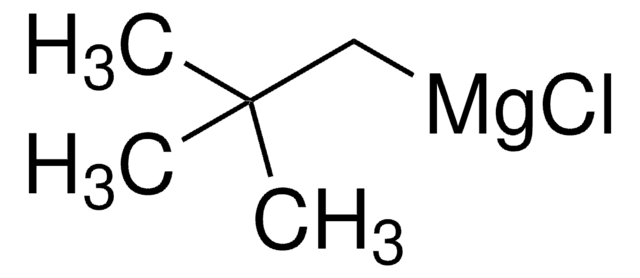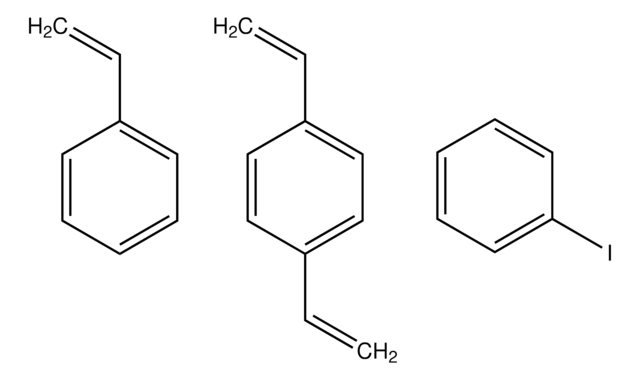Kluczowe dokumenty
124141
4-Bromostyrene
contains 0.05% 3,5-di-tert-butylcatechol as inhibitor, 97%
Synonim(y):
1-(4-bromofenylo)etylen, 1-bromo-4-etenylobenzen, 1-bromo-4-winylobenzen, 4-winylo-1-bromobenzen, p -Bromostyren
About This Item
Polecane produkty
Poziom jakości
Próba
97%
Formularz
liquid
zawiera
0.05% 3,5-di-tert-butylcatechol as inhibitor
współczynnik refrakcji
n20/D 1.594 (lit.)
bp
89 °C/16 mmHg (lit.)
gęstość
1.4 g/mL at 25 °C (lit.)
temp. przechowywania
−20°C
ciąg SMILES
Brc1ccc(C=C)cc1
InChI
1S/C8H7Br/c1-2-7-3-5-8(9)6-4-7/h2-6H,1H2
Klucz InChI
WGGLDBIZIQMEGH-UHFFFAOYSA-N
Szukasz podobnych produktów? Odwiedź Przewodnik dotyczący porównywania produktów
Powiązane kategorie
Opis ogólny
Zastosowanie
- Structure activity relationships (SAR) study of the chemical and biochemical properties of the vinyl group of styrene.
- Synthesis of silsesquioxanes (SQ) having 4-bromostyrenyl substituents.
- To investigate the photochemical growth of Br-terminated self-assembled monolayers (SAMs) on Si(111).
- Synthesis of poly(1,4-phenylenevinylene), via Heck reaction.
- Synthesis of nitroolefins, via alkene cross-metathesis.
Hasło ostrzegawcze
Warning
Zwroty wskazujące rodzaj zagrożenia
Zwroty wskazujące środki ostrożności
Klasyfikacja zagrożeń
Eye Irrit. 2 - Skin Irrit. 2
Kod klasy składowania
10 - Combustible liquids
Klasa zagrożenia wodnego (WGK)
WGK 3
Temperatura zapłonu (°F)
167.0 °F - closed cup
Temperatura zapłonu (°C)
75 °C - closed cup
Środki ochrony indywidualnej
Eyeshields, Gloves, type ABEK (EN14387) respirator filter
Wybierz jedną z najnowszych wersji:
Masz już ten produkt?
Dokumenty związane z niedawno zakupionymi produktami zostały zamieszczone w Bibliotece dokumentów.
Klienci oglądali również te produkty
Produkty
The Heck reaction is the palladium catalyzed cross-coupling reaction between alkenes and aryl or vinyl halides (or triflates) to afford substituted alkenes.
Nasz zespół naukowców ma doświadczenie we wszystkich obszarach badań, w tym w naukach przyrodniczych, materiałoznawstwie, syntezie chemicznej, chromatografii, analityce i wielu innych dziedzinach.
Skontaktuj się z zespołem ds. pomocy technicznej